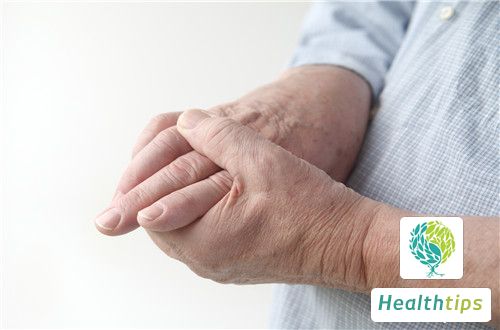Where is the Exact Location of Touqiaoyin?
In traditional Chinese medicine (TCM) theory, acupoints occupy a very important position. Through acupuncture, massage, pressing, or moxibustion, TCM practitioners can stimulate corresponding meridian points to treat diseases. Different acupoints have different functions. Touqiaoyin is one of the commonly used acupoints on the Foot Shaoyang Gallbladder Meridian. It is mainly used to treat headache, vertigo, tinnitus, deafness, and goiter. Many people are concerned about the accurate location of Touqiaoyin. So, where is the accurate location of Touqiaoyin? Let's take a look.

Touqiaoyin is located in the head, behind the mastoid process and at the intersection of the middle and lower one-third of the arcuate line connecting Tianchong (2 cun above the posterior edge of the ear root into the hairline) and Wangu (shallow concave area along the posterior edge below the protruding bone behind the earlobe with a vibrating sensation when pressed). The name of this acupoint suggests that the qi and blood of the Gallbladder Meridian transform into stagnant, heavy, damp, and cloudy qi in the lower part of the sky. The material at this acupoint is the damp and cloudy qi transmitted from the Fubai acupoint. As it descends to this acupoint, the damp and cloudy qi continuously dissipates heat and absorbs moisture, transforming into stagnant, heavy, damp, and cloudy qi in the lower part of the sky. The upper part of the sky is like an empty cavity, hence the name.
Touqiaoyin is located in the head, above the mastoid process and at the intersection of the middle and lower one-third of the arcuate line connecting Tianchong and Wangu acupoints. Anatomically, it is innervated by branches of the posterior auricular artery and vein, as well as the confluence of the greater occipital nerve and the lesser occipital nerve. It is mainly used to treat headache, vertigo, stiff neck, chest and rib pain, bitter taste in the mouth, deafness, tinnitus, and ear pain. In terms of acupoint combinations, Touqiaoyin can be combined with Qiangjian acupoint to treat headache, and with Zhizhigou, Taichong, and Fengchi acupoints to treat migraine or vertex pain due to excessive liver and gallbladder fire. The stimulation methods include shallow insertion of 0.5 to 0.8 cun and moxibustion. Therapeutically, for cold conditions, it is recommended to use purging followed by tonification, moxibustion, or bleeding with a needle; for heat conditions, tonification or water injection is preferred.
The significance of Touqiaoyin lies in its role in transforming the qi and blood of the Gallbladder Meridian into stagnant, heavy, damp, and cloudy qi in the lower part of the sky. The characteristics of the qi and blood at this acupoint are cold and damp. Its functional role is to descend and dispel stagnation and coldness.



















